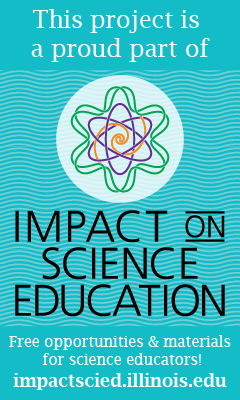The Ecosystem Ecology Workshops presented novel curriculum materials developed for middle and high school teachers based on climate change research conducted by the Hu Lab at the University of Illinois at Urbana-Champaign.
You can access all the curriculum materials (v2.0, 2012) hosted on Google Drive.
Below are short summaries of each of the lesson modules. Previous published versions of the materials (v1.0, 2010) are also available.
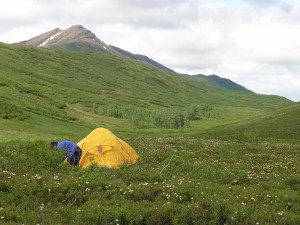
Module 1a: Biomes and Climate Part 1
Designed and Presented by Ryan Kelly
Lesson Overview
Teaching goals:
- Introduce the biome concept
- Identify the particular importance of climate in determining ecosystem composition
- Describe ecosystem controls and distinguish state factors and interactive controls
Learning objectives:
At the end of the lesson students will be able to:
- Describe the major biome types and their typical climate
- Use the Whitaker diagram to predict the biome of a given location
- Identify numerous factors that interact to determine ecosystem composition and function
- Distinguish between state factors and interactive controls
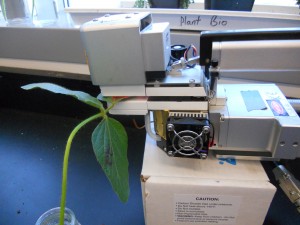
Module 1b: Photosynthesis and Biomes
Designed and Presented by Mike Urban
Lesson Overview
Teaching goals:
- Define the physiological and morphological differences of C3, C4 and CAM photosynthesis
- Define the ecological and climatic controls on C4 plant distributions.
- Understand the importance of C4 plants in modern and past ecosystems
- Introduce students to the concept of data visualization
Learning objectives:
At the end of the lesson students will be able to:
- Understand the differences between types of photosynthesis
- Understand the ecological and geographic constraints on C4 plants
- Be able to create and understand scientific figures
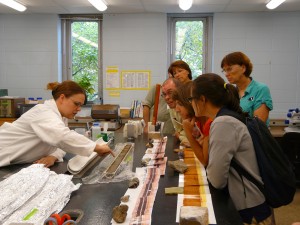
Module 2a: Pollen and Sediment Cores
Designed by H. Lauren
Presented by Carolyn Barrett
Lesson Overview
Teaching goals:
- Give students experience using objective microscopes to observe pollen
- Introduce the concept that preserved pollen can be used to infer past ecosystems
- Allow students to use critical thinking to make decisions about subjective data
Learning objectives:
At the end of the lesson, students will be able to:
- Work comfortably with objective microscopes
- Infer past ecosystems based on pollen data
- Determine that ecosystems change through time
- Explain how scientists can infer past climates through cores and other methods
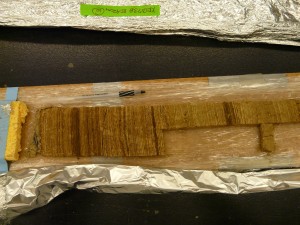
Module 2b: Scales and Patterns
Designed and Presented by Carolyn Barrett
Lesson Overview
Teaching goals:
- Help students read time-series graphs
- Explain and identify the differences in patterns and scales in data
- Link these concepts to climate change science
Learning objectives:
At the end of the lesson student will be able to:
- Describe time-series graphs
- Interpret several types of patterns and scales
- Explain climate graphs
- Recognize that the current warming is unexpected given the previous pattern
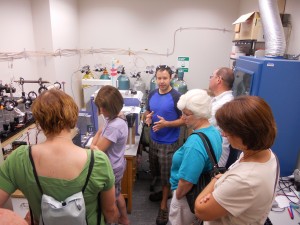
Module 3a: Science and the Media
Designed and Presented by James Planey
Lesson Overview
Teaching goals:
- Inform students about some of the sources of scientific information in the media
- Assist students in their understanding of how different media sources present scientific information
Learning objectives:
At the end of the lesson students will be able to:
- Know what factors to assess when reading scientific articles in the media
- Confidently judge the scientific quality of a source
The Science Teacher Article
James Planey and Barbara Hug describe this lesson in a feature article titled “Climbing the pyramid: Helping students evaluate science news sources” published in The Science Teacher issue of January 2012.
What teachers are saying about this lesson:
“As a pre-service teacher, I often ask myself what are the most important lessons that I want to teach students someday. Being able to distinguish a reliable source from one that is not a reliable source is definitely a lesson that I already consider to be vastly important. This article outlined a simple lesson to address this issue and I thought that it also gave a great opportunity to introduce other important topics.”
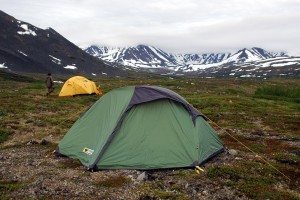
Module 3b: Biosphere Response to Changing Climate
Designed and Presented by Ryan Kelly
Lesson Overview
Teaching goals:
- Give a concise overview of projected climate change
- Explain the potential effects of climate change on the biosphere
- Offer specific examples of biome shifts expected to occur given climate predictions
Learning objectives:
At the end of the lesson student will be able to:
- Describe major patterns in climate change projections for the 21st century
- Understand the broad impacts that climate change may have on the biosphere
- Give examples of biome shifts that may occur due to climate change
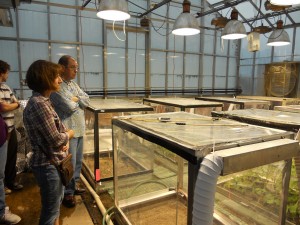
Module 3c: Modeling the Biosphere
Designed and Presented by Ryan Kelly
Lesson Overview
Teaching goals:
- Define and explain the modeling concept
- Convey the importance and limitations of models for studying ecosystems
- Provide hands-on experience with a simple ecosystem model
Learning objectives:
At the end of the lesson students will be able to:
- Explain the purpose of models and give examples of common model usage
- Offer examples of ecosystem questions well-suited to a modeling approach
- Critically evaluate model performance, identifying both strengths and limitations

